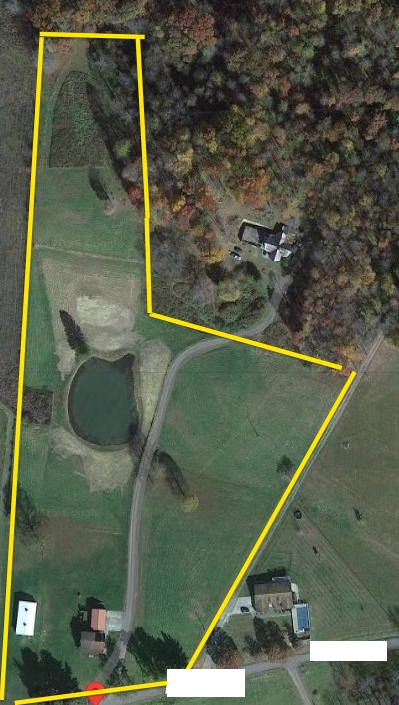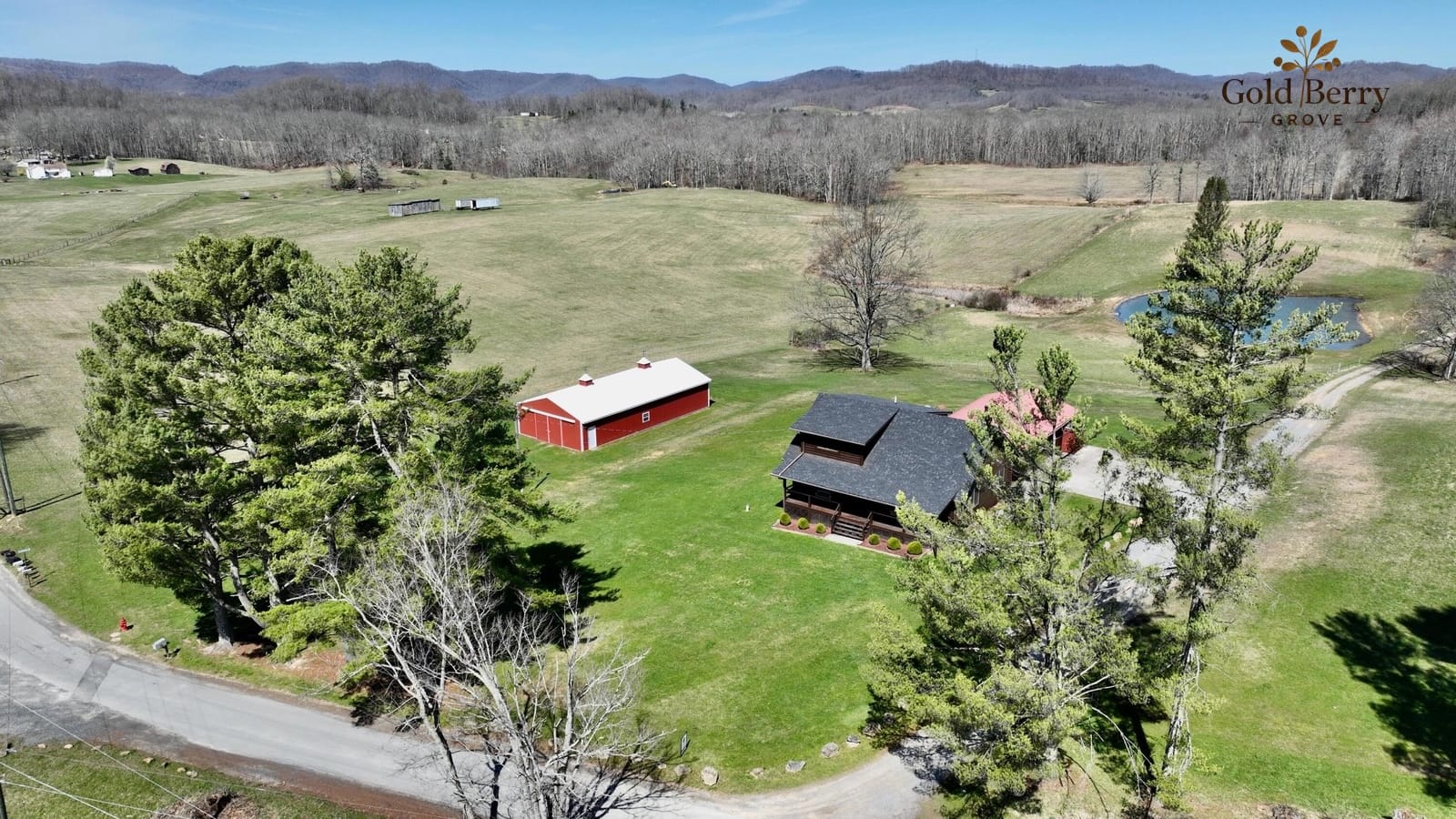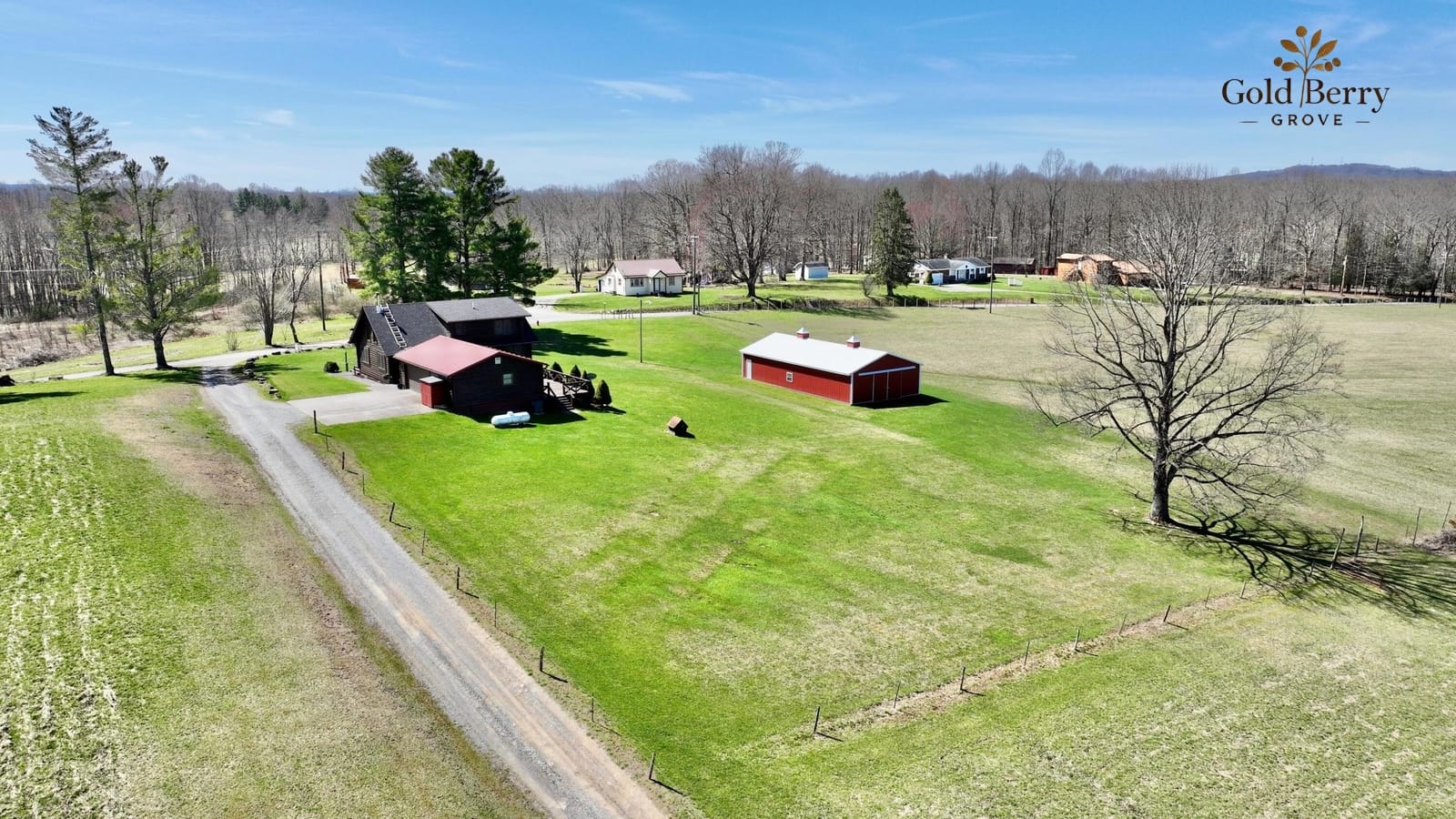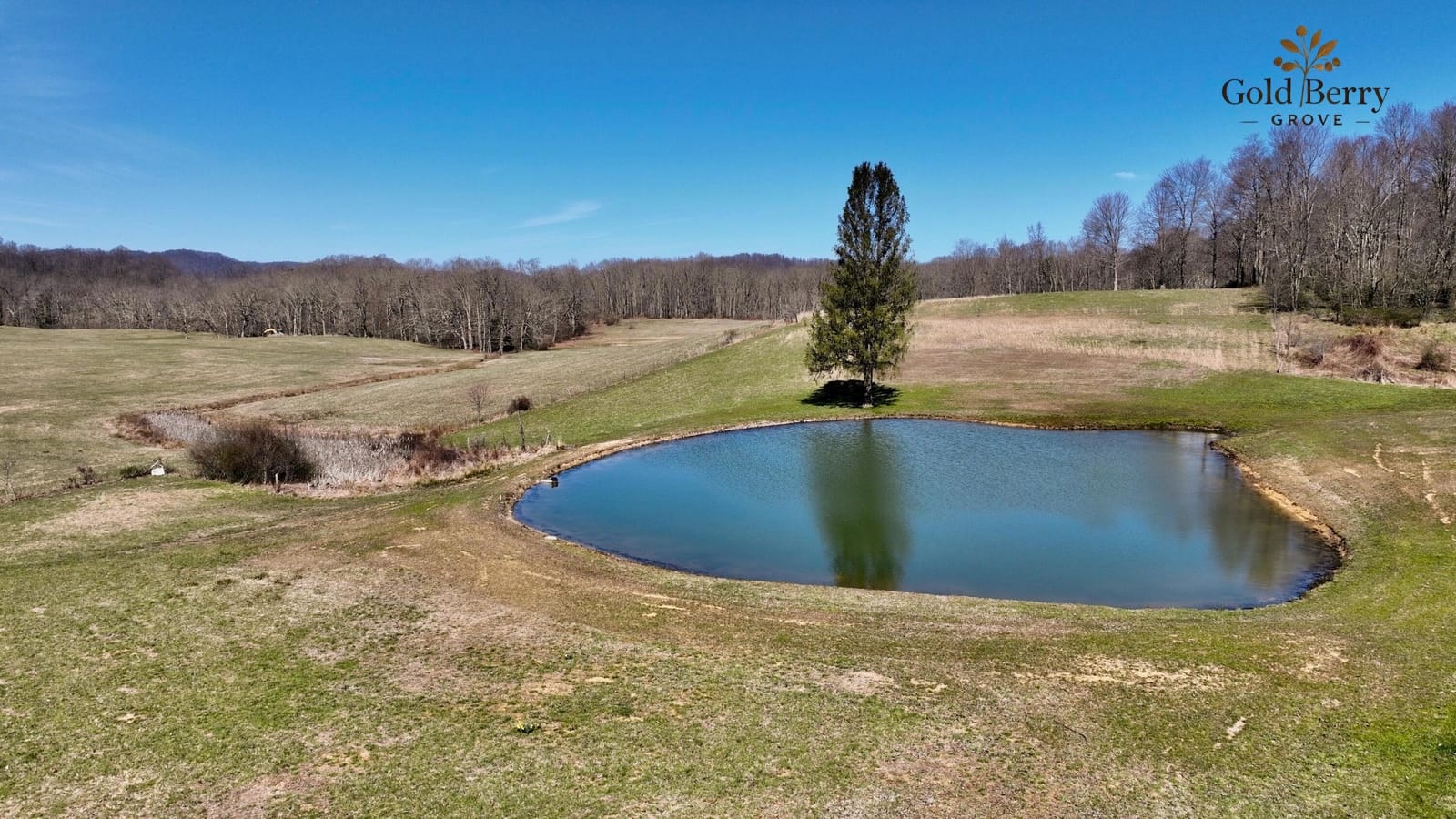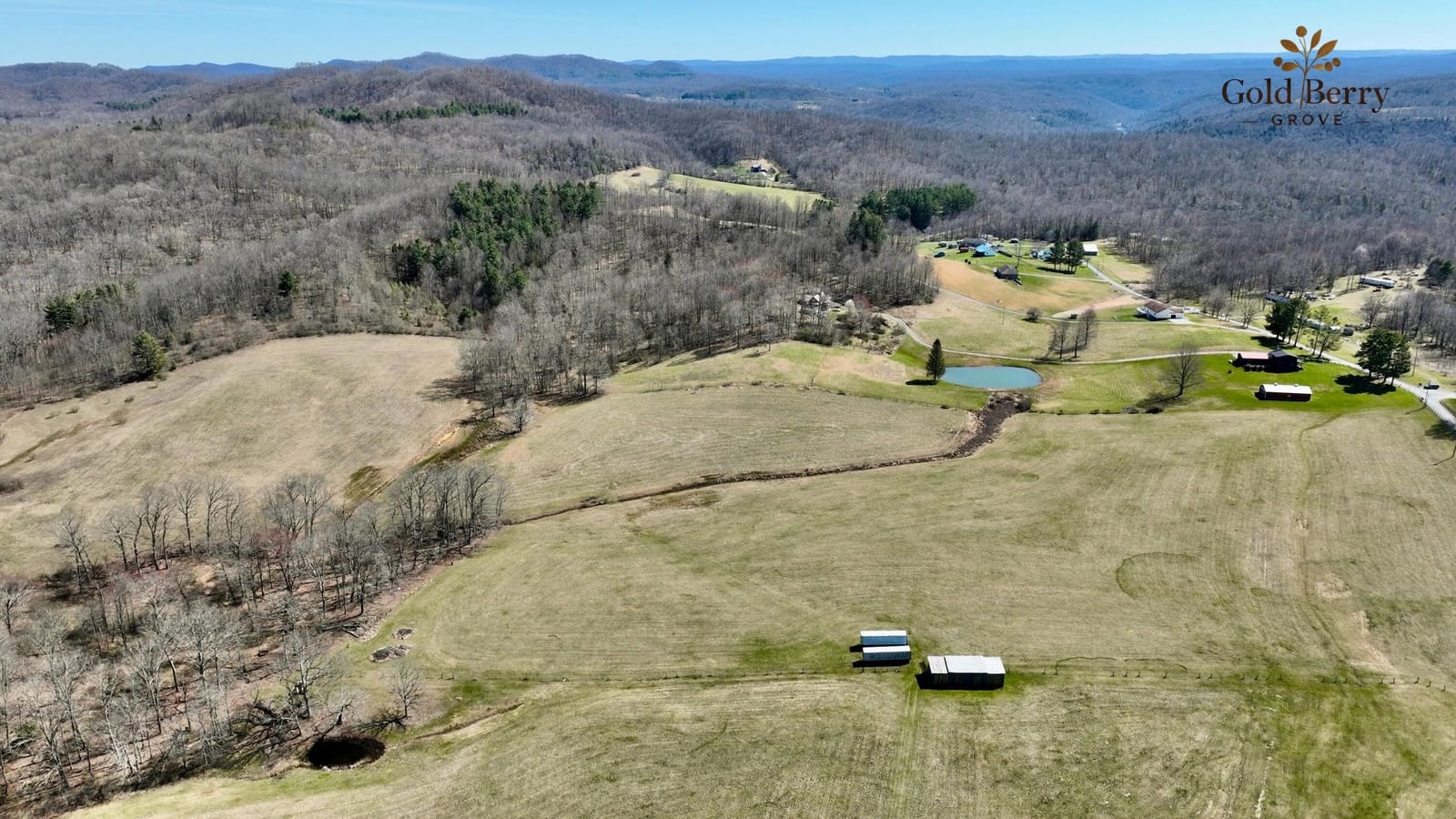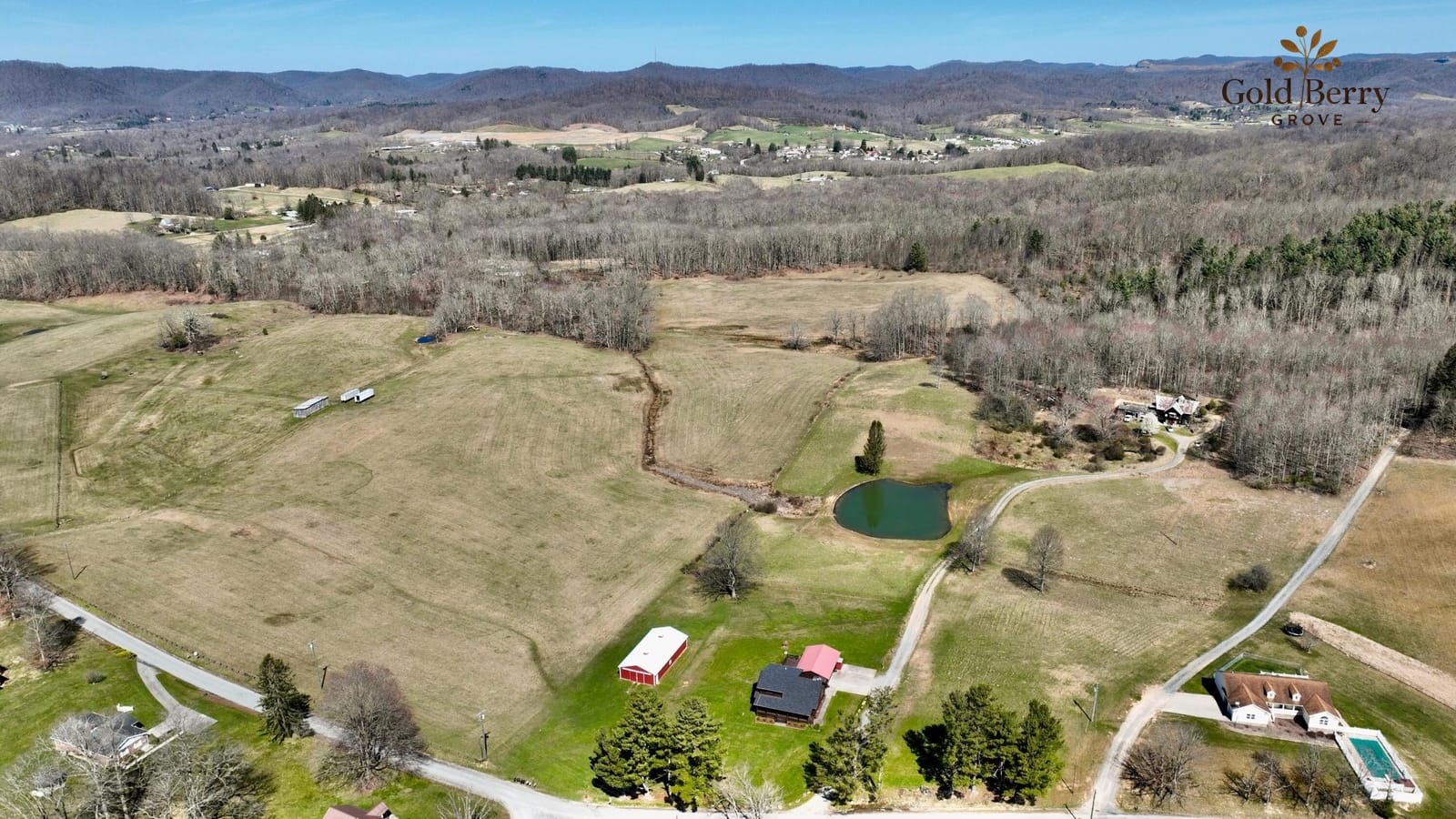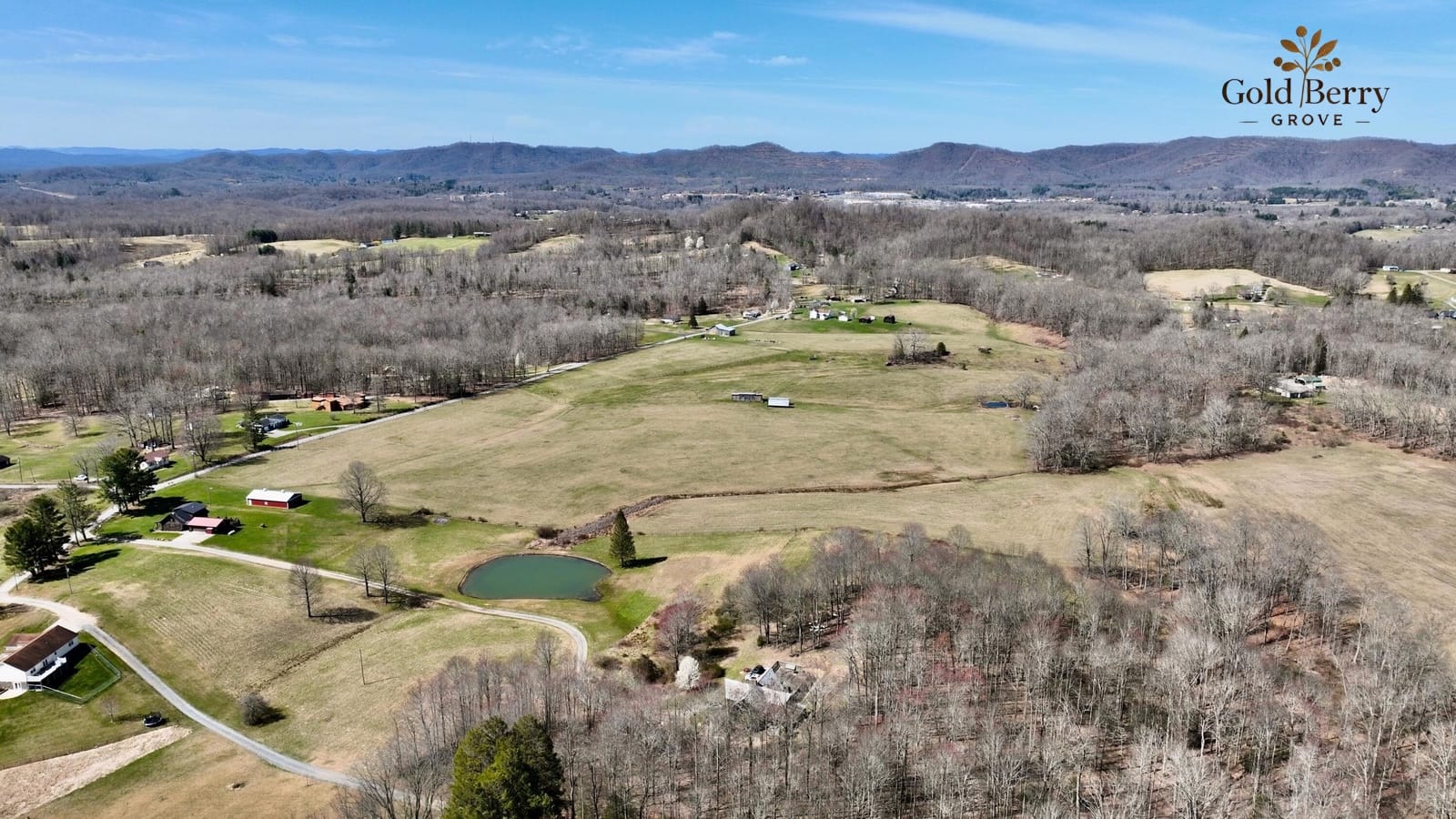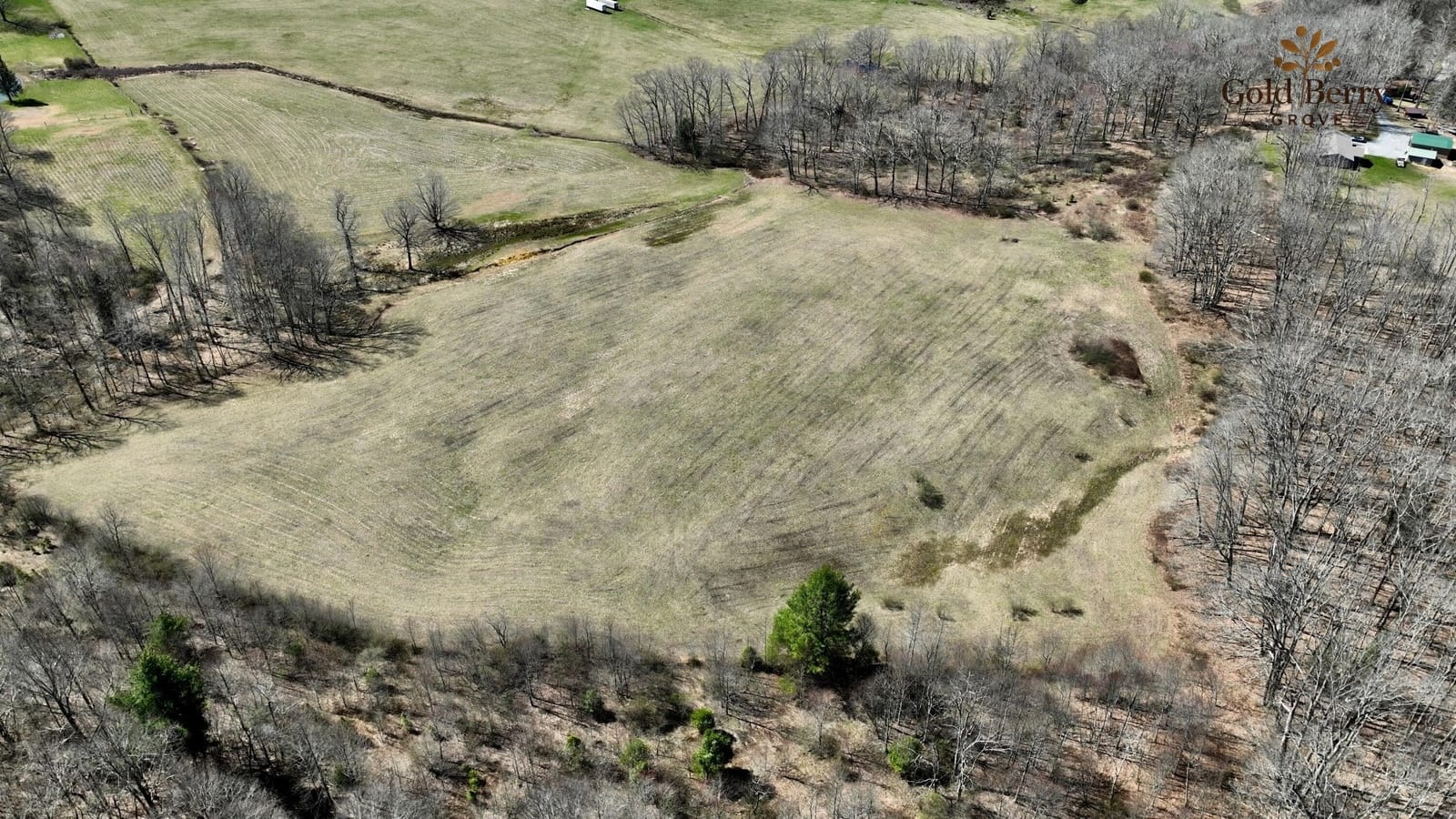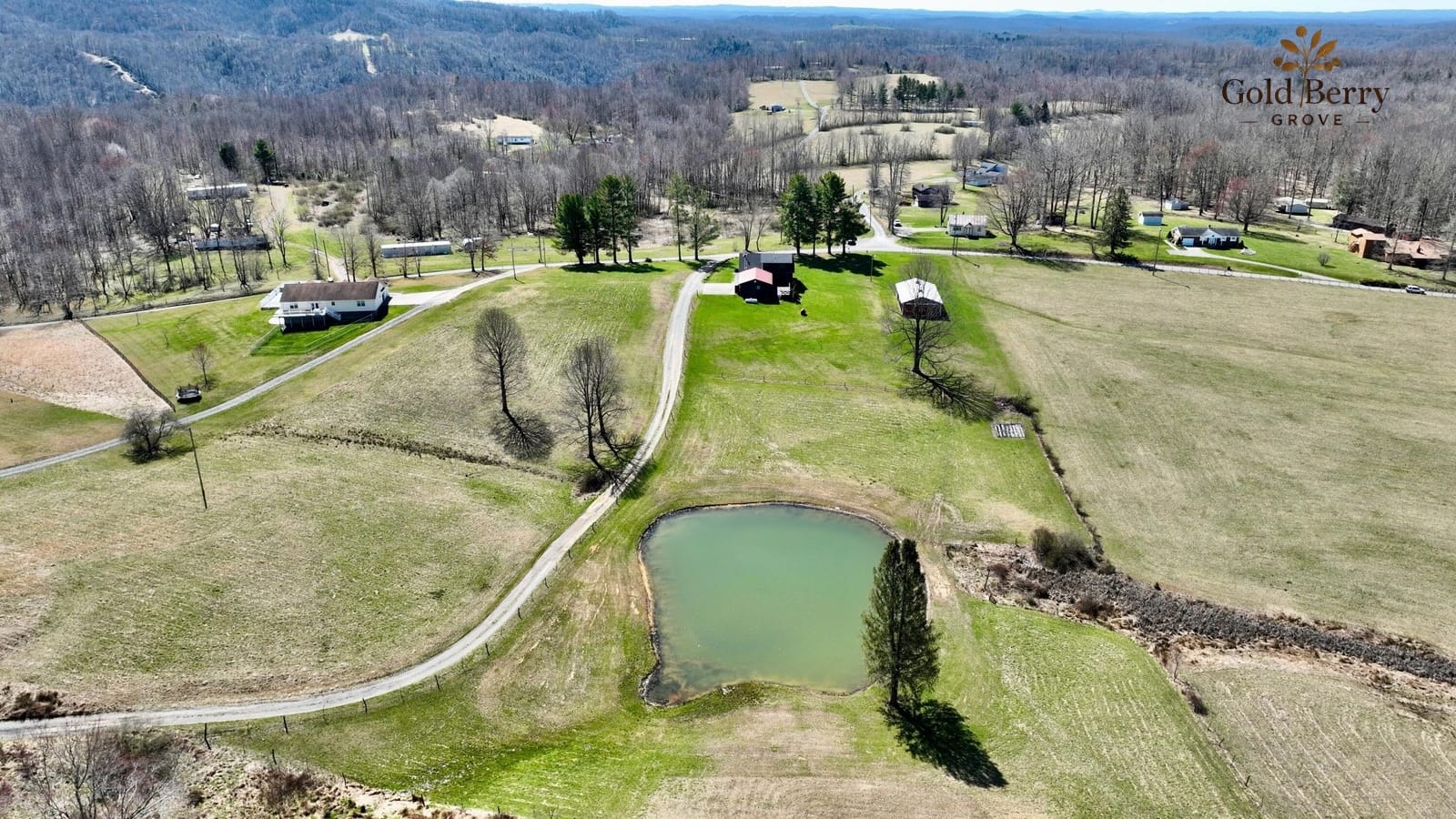Navigating the Agroforestry Grant and Financing process: A First-Generation Farmer’s Guide

When I first started looking into agroforestry grants, I’ll admit—I feel overwhelmed. Between jargon-heavy applications, unclear requirements, and the challenge of proving my orchard’s potential, the process seemed daunting. But as a first-generation farmer, I knew that securing funding would be a game-changer. So, I took a systematic approach, worked with experts, gathered the right documentation, and put together a strong application. I've currently applied to around one grant and researching a second, including reaching out using the first grant as a basis for facilitating feedback. I have zero practical farming experience and some academic background that I've gained in the five years of researching before starting this project and securing my current house. This is where things are specifically daunting as most of these applications (including beginning farmer loans) are asking a lot of questions that mirror "you should have five years experience before getting this junior level role" energy which is frankly frustrating at best.
Here’s how I'm doing it—and how you can, too.
Step 1: Consulting the Expert(s)
Expert guidance is a game-changer for me. I connect with professionals who help me identify available funding, design an effective orchard layout, and map out the phases of my planting. If you are new to this process, I highly recommend reaching out to an agroforestry specialist, extension agent, and local farmers. Their insights can truly make—or break—your farm and, by extension, your grant application's success.
The best decision I make is working with a consultant experienced in agroforestry and permaculture. Since I already have a plan, a rough budget, a list of crops, and a full layout prepared, submitting information for each grant becomes much easier. I expand on this process further in my other post:
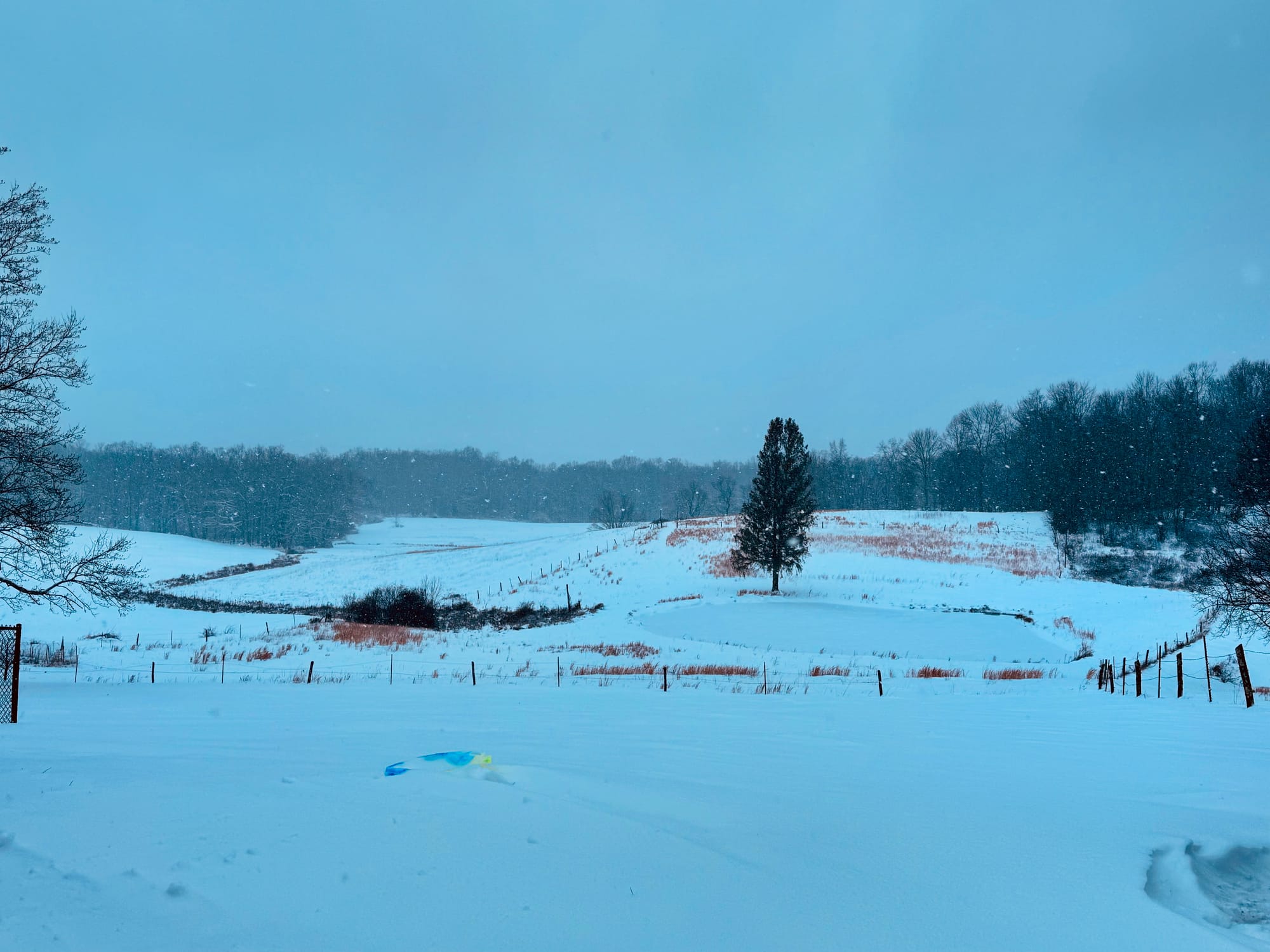
Discussion around my layout process
Lastly, having a comprehensive business plan ready makes a significant difference. I can quickly reference key sections—such as my marketing strategy—which not only streamlines my grant applications but also allows me to tailor my responses effectively. I refine this plan further by working with a local business development consultant and incorporating feedback from fellow farmers.
Step 2: Gathering Aerial Photos and Maps
A well-planned layout is essential for my farm—and my grant applications. It clearly shows stakeholders exactly where each tree, shrub, and other element will go, detailing not only the numbers but also the reasoning behind each placement. For example, my layout—developed with my permaculture consultant—illustrates precisely where I am planting trees and shrubs, why I choose those specific locations, and how these choices help mitigate risks like wind and water erosion.
By strategically positioning natural buffers, the plan demonstrates a proactive approach to land management, giving grant reviewers a tangible vision of a sustainable and resilient operation. It also justifies the agroforestry approach to managing ecological risks and highlights a regenerative strategy for feeding livestock through strategic fodder placements.
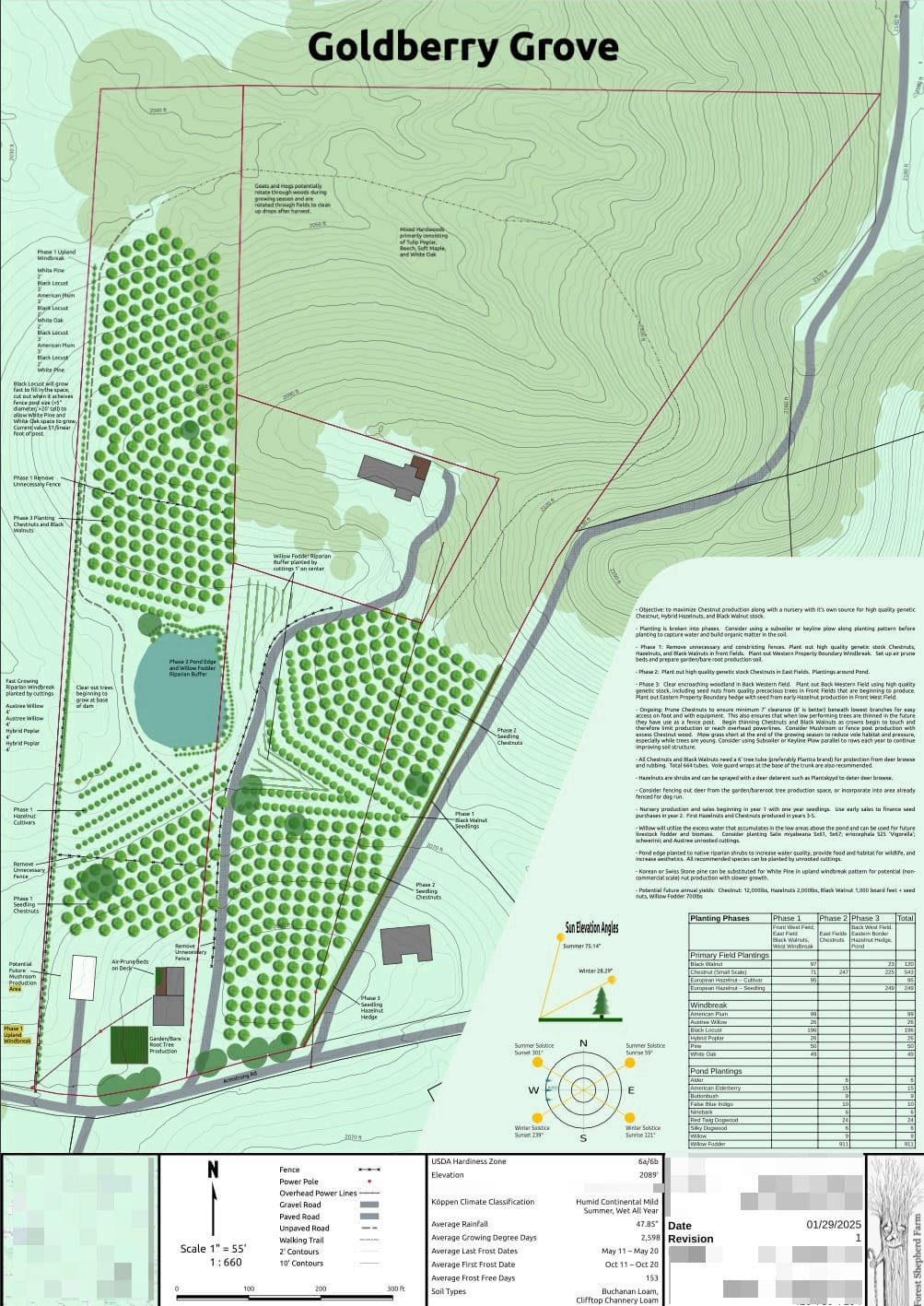
I also reach out to my real estate agent to secure high-quality drone photos of my land. These images provide multiple perspectives of the property, showcasing its unique terrain and natural features without requiring an in-person visit. High-quality photos not only add a professional touch to my application but also give grant reviewers a clear and detailed visual understanding of the property's potential.
Different views—from aerial shots to close-ups—highlight various aspects of the land: the layout of fields, water sources, natural contours, and even potential challenges like areas prone to erosion. This comprehensive visual representation helps grant reviewers see how the planned layout integrates with the natural environment, ensuring that every decision—from tree placement to erosion mitigation—is both strategic and well thought out, further bringing the layout map’s vision to life.
In essence, these images serve as visual proof that supports the written details of my grant application. They help establish credibility and demonstrate that my approach to land management and agroforestry is grounded in a deep understanding of the property’s characteristics. This level of detail can make all the difference when competing for agricultural grants, as it shows funders that the project is not only well-planned but also realistically attainable.
Step 3: Pricing and Sourcing Materials
Grants often require detailed budget worksheets, and estimating costs can be challenging. I reach out to my WVU extension office for guidance on average pricing for trees, fencing, and other agroforestry infrastructure. They also help me identify local suppliers, which not only makes my budget estimates more accurate but also demonstrates my commitment to supporting regional businesses.
This remains my weakest proposal area, and I will continue refining this section as I gather more information and consult with additional farming experts in my area.
Step 4: Telling a Compelling Story
A strong application goes beyond just numbers and spreadsheets—it is about weaving a clear, compelling narrative. I build my grant proposal around my journey as a first-generation farmer, my passion for regenerative agroforestry, and the long-term benefits my project will bring. Alongside the proposal, I include supporting documents such as business plans, farm newsletters, and a detailed list of the diversified products I plan to market.
Below is an excerpt from what I write, which I plan to continue refining as I engage more with experts in the field:
The land I steward carries a legacy of traditional agriculture—likely row cropping or pasture grazing before my ownership. However, with its hilly terrain, erosion control and soil health have been persistent concerns. Rather than continuing conventional practices, I am in the planning phase of an agroforestry system that supports perennial crops and rotational grazing, all while tackling challenges like water retention and wind erosion through strategic subsoiling.
Designing for Regeneration
A key part of my journey is shifting from traditional land use to a diverse, regenerative system—one that restores productivity while protecting ecological integrity. This isn’t just about planting trees; it’s about rethinking the way land is managed for long-term resilience.
Currently, I’m deep in research and planning for a chestnut orchard and silvopasture system. I’m working alongside local farmers to understand their needs and refine my approach, ensuring that my design is both practical and adaptable.
Building Knowledge & Seeking Expertise
I’ve invested in academic coursework, enrolling in an agroforestry certificate program through the University of Miami (via Coursera) and the WV Master Gardener Program to expand my understanding of tree crops, soil health, and sustainable land management. Additionally, I’m collaborating with experienced farmers and consultants to develop a farm layout that is both ecologically sound and tailored to local agricultural needs.
Overcoming Site Challenges
The long-term success of this project depends on addressing several key site challenges:
- Water table depth and managing excess moisture in critical areas
- Restrictive subsoil layers that impact root penetration and drainage
- Erosion control on steep slopes to prevent soil loss and degradation
To mitigate these issues, my plan includes subsoiling key areas to improve water infiltration and integrating livestock in the future to enhance soil fertility and vegetation management. While I don’t yet have tree crops or livestock in place, I am actively preparing the foundation by studying best practices, consulting with experts, and ensuring that my land management strategy is thoughtful, informed, and resilient.
The Road Ahead
This journey is just beginning, but the vision is clear: a resilient, diversified agroforestry system that enhances soil health, supports perennial food production, and contributes to a regenerative agricultural future. As I continue refining my approach, I remain committed to learning, adapting, and sharing insights along the way. If you are on a similar path or interested in agroforestry, let’s connect and grow this movement together.
Lessons Learned & Final Thoughts
Securing an agroforestry grant requires effort, but the process becomes manageable when broken down step by step. Working with experts, gathering key documents, and creating a budget that reflects real costs all play a crucial role in building a strong application. Most importantly, a successful grant proposal is more than just numbers—it tells the story of your farm in a way that aligns with the grant’s mission and vision.
If you are navigating this process and have questions, feel free to reach out or leave a comment. Let’s build resilient, regenerative farms together.
Expanding Agroforestry Project (Example)
Property Photos Attached (Examples)
